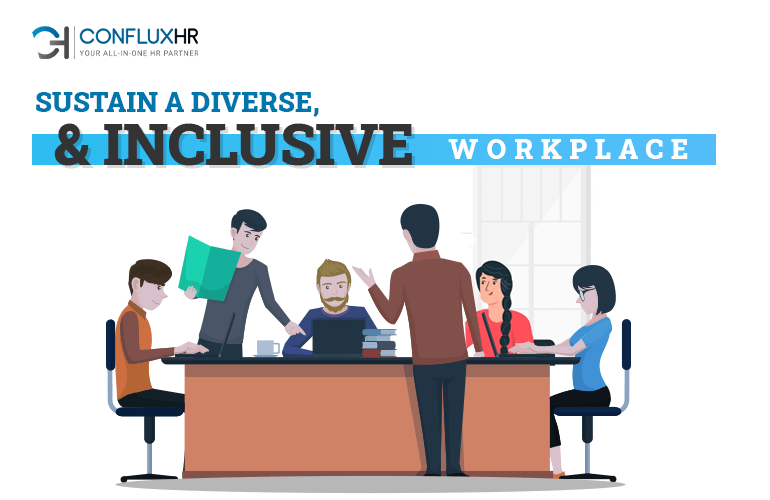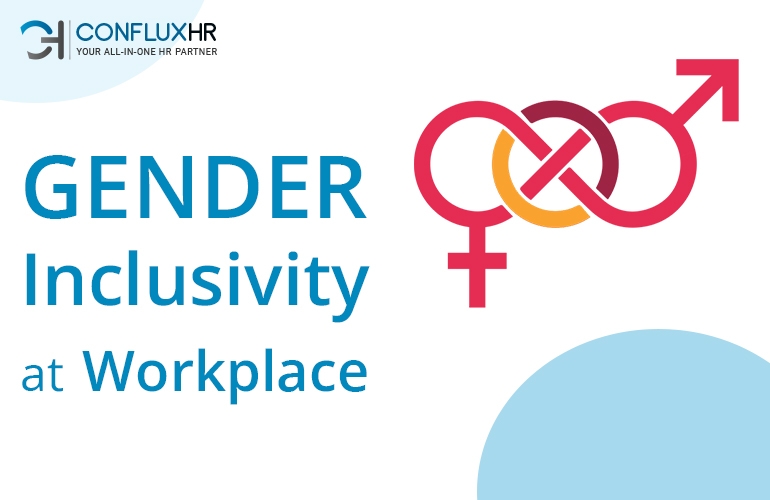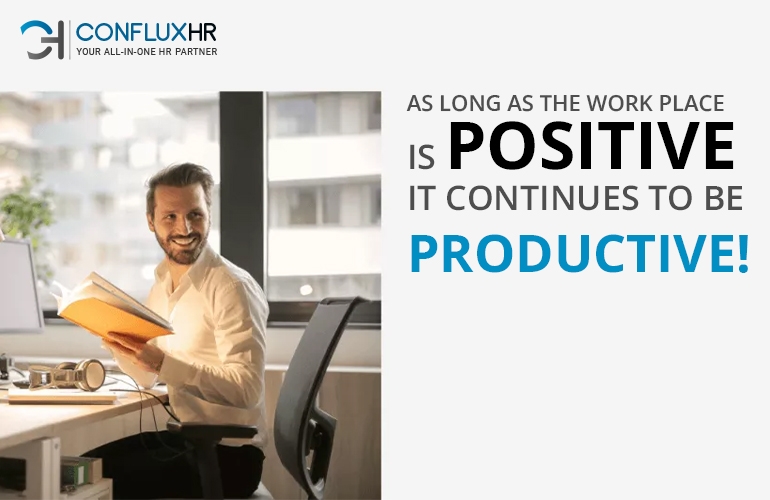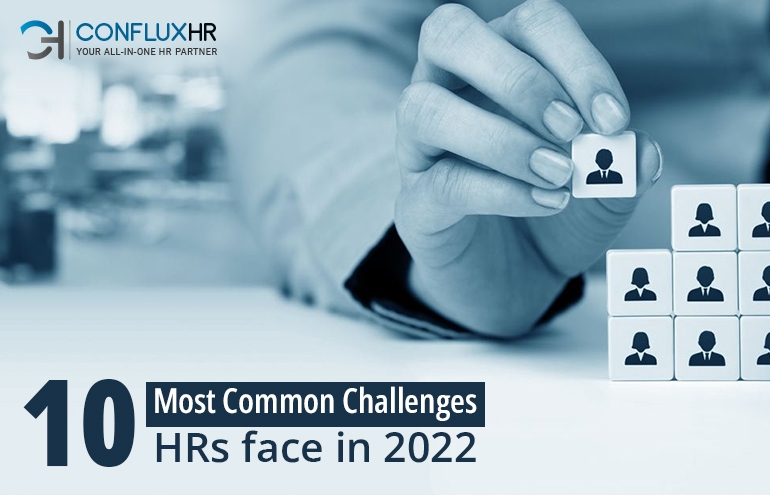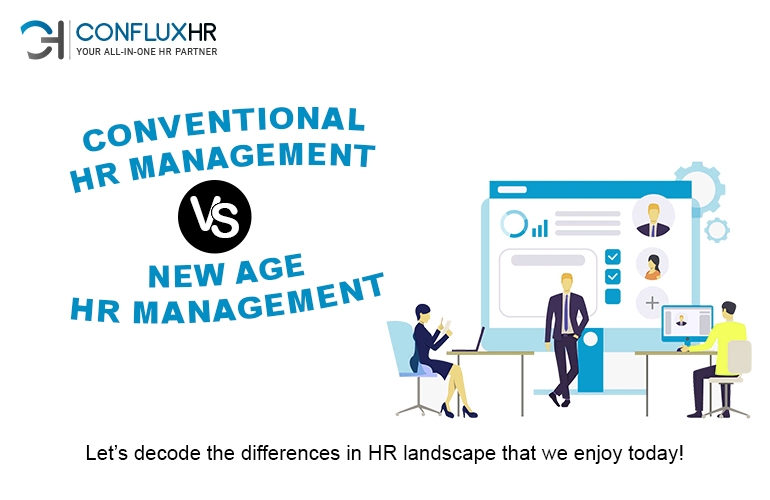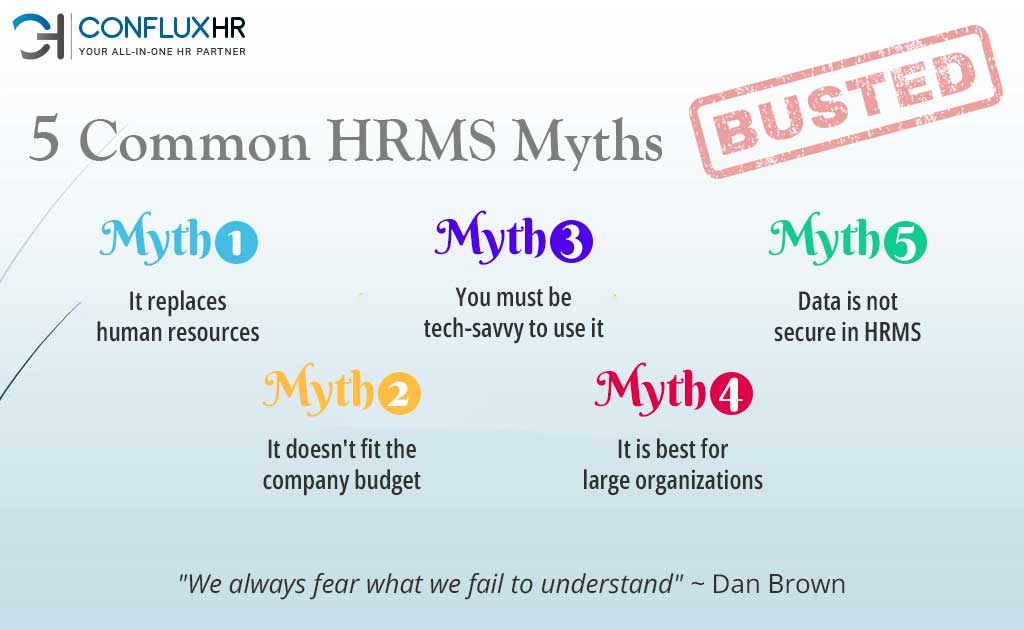Organizations require diversity, equity, and inclusion in the workplace. Individuals with unique thought processes must give their contributions to truly diverse teams of individuals. A diverse team comprises individuals with distinctive ways of thinking, sexual preference, race, ethnicity, etc.
An Inclusive Workplace is more than simply a setting; it is a lifelong commitment.
It defines the organization’s attitude toward its employees. An inclusive workplace guarantees that each member has a deep and lasting sense of respect, value, purpose, and meaningful contribution to the organization’s goals.
Here are three imperatives for pushing inclusiveness to the top of an organization’s priority list:
Embracing Diversity Starts from the Top
Leadership is the foundation of a successful diversity plan. For this mindset to permeate the entire organization, ‘they’ must fully embrace and harness the power of diversity. Diversity of ideas, experiences, expertise, backgrounds and sexual orientation contributes to the versatility of the workplace.
Build a Culture of Psychological Safety
A psychologically safe workplace significantly impacts employees’ performance and mental well-being. It also significantly impacts the organization’s performance, health, resilience, and ability to bounce back in difficult circumstances.
Organizations with more psychologically safe settings value loyal employees. As a result, employees remain steady and devoted to the organization even during times of severe crisis and struggle.
There Can Be No Inclusion Without Equality
Workplace equity cannot occur unless every varied member of a diverse workforce feels equal with their colleagues at work. Confidence in one’s equality is the starting point for an inclusive workplace.
The Way Forward
With existing unequal representation, the LGBTQIA+ community must harness the strength of unity to prosper in the corporate sector. The willingness to express strengths and weaknesses individually allows employees to level up their performance at the workplace.
The advantages of an LGBTQ+ inclusive workplace go beyond what we can imagine. In an inclusive work environment, employees of various sexual orientations and gender expressions start feeling comfortable and validated. Businesses gain from LGBTQ+ inclusive workplaces in terms of productivity and profitability.
Wouldn’t you like to move to gender inclusiveness with a free HRMS solution?
HRMS software powered by modern technology assists businesses at various levels. The human resource departments, empowered with an HRMS, make correct judgments and fair appraisals based on accurate performance analysis.
ConfluxHR is securely backed by cutting-edge technologies to provide objective statistics on employee skill sets and growth. This reduces subconscious biases and enhances the general work culture of the organization.
So, what are you waiting for?
Visit ConfluxHR.com today.


